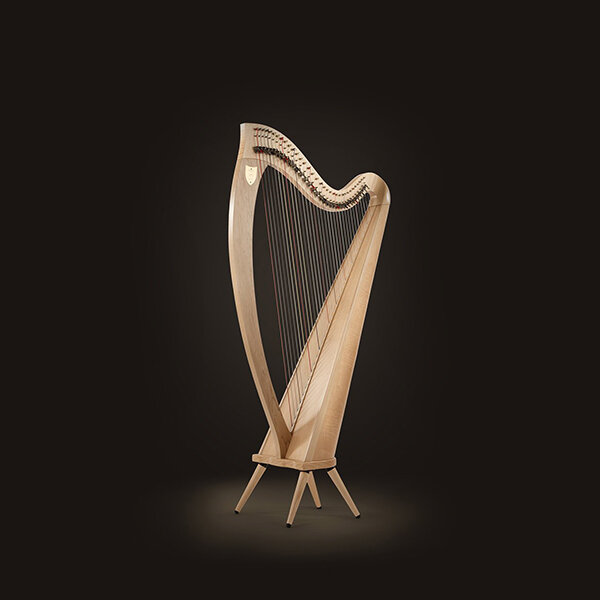
Basically, you tie the knot yourself and hold it in place while you bring the string up to tension in order to tighten the knot full. I find changing the higher ones more difficult, as they do not come tied off at the bottom like the wire ones do so you have to knot them yourself. You want to make sure that you give yourself plenty of slack when you pull the string through on the tuning pin, that way there is enough string to wrap around a few times. Here's a video about changing the wire stings on a harp (the longest ones): It hasnt always had a place in orchestral music, but since the 19th century composers like Ravel and. If any are cracked, it would be a good time to replace them. The concert harp is famous for its heavenly image. It would be worth while to check the eyelets when you change the strings. Again, your mom likely knows that bit as well. When bringing the harp back into tune, all the strings are tuned flat (C flat, D flat, etc.).

Harps should always be tunes with the pedals/levers 'deactivated'. Make sure the pedals are in the top position, that way there is no extra tension on the string as you bring them up to tune. You mother should be able to keep them in tune once they have replaced. I start at the bottom and replace 3 at a time.


When I restring my harp, I generally do it a few strings at a time, that way I can still practice without ALL the strings falling out of tune as it will take several tunings to get the string to 'set'. Restringing is not overly complicated, just time consuming.


 0 kommentar(er)
0 kommentar(er)
